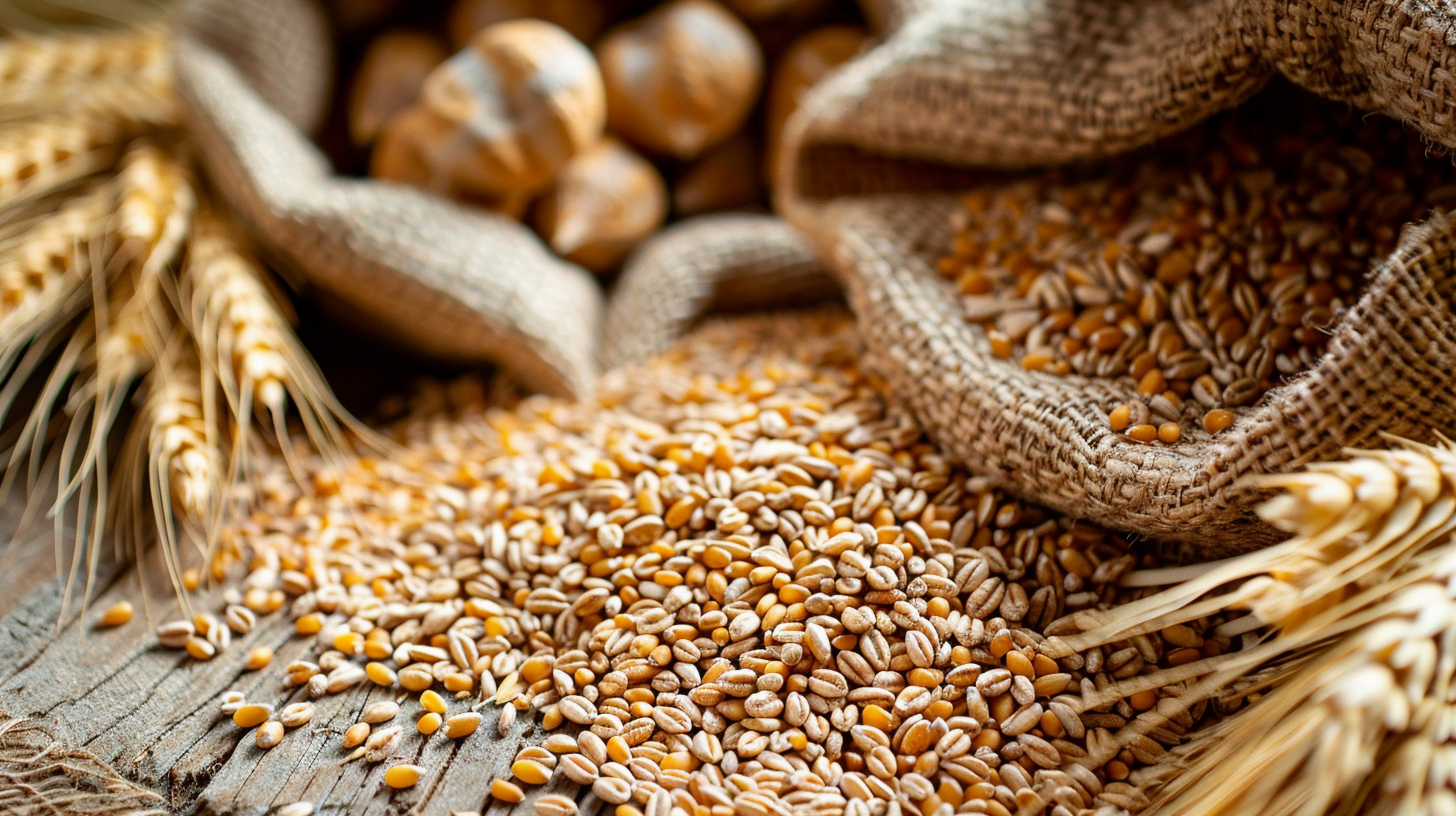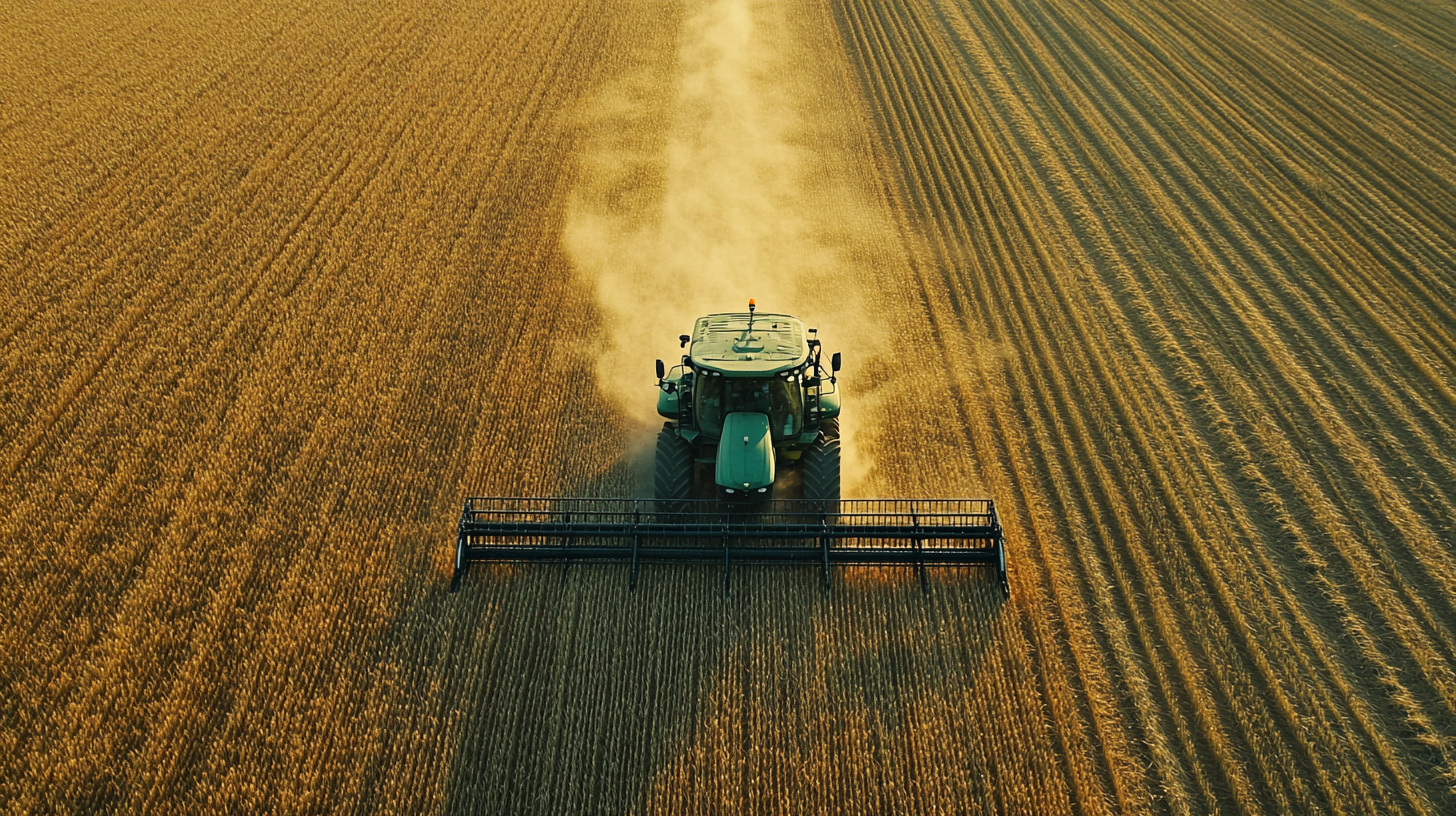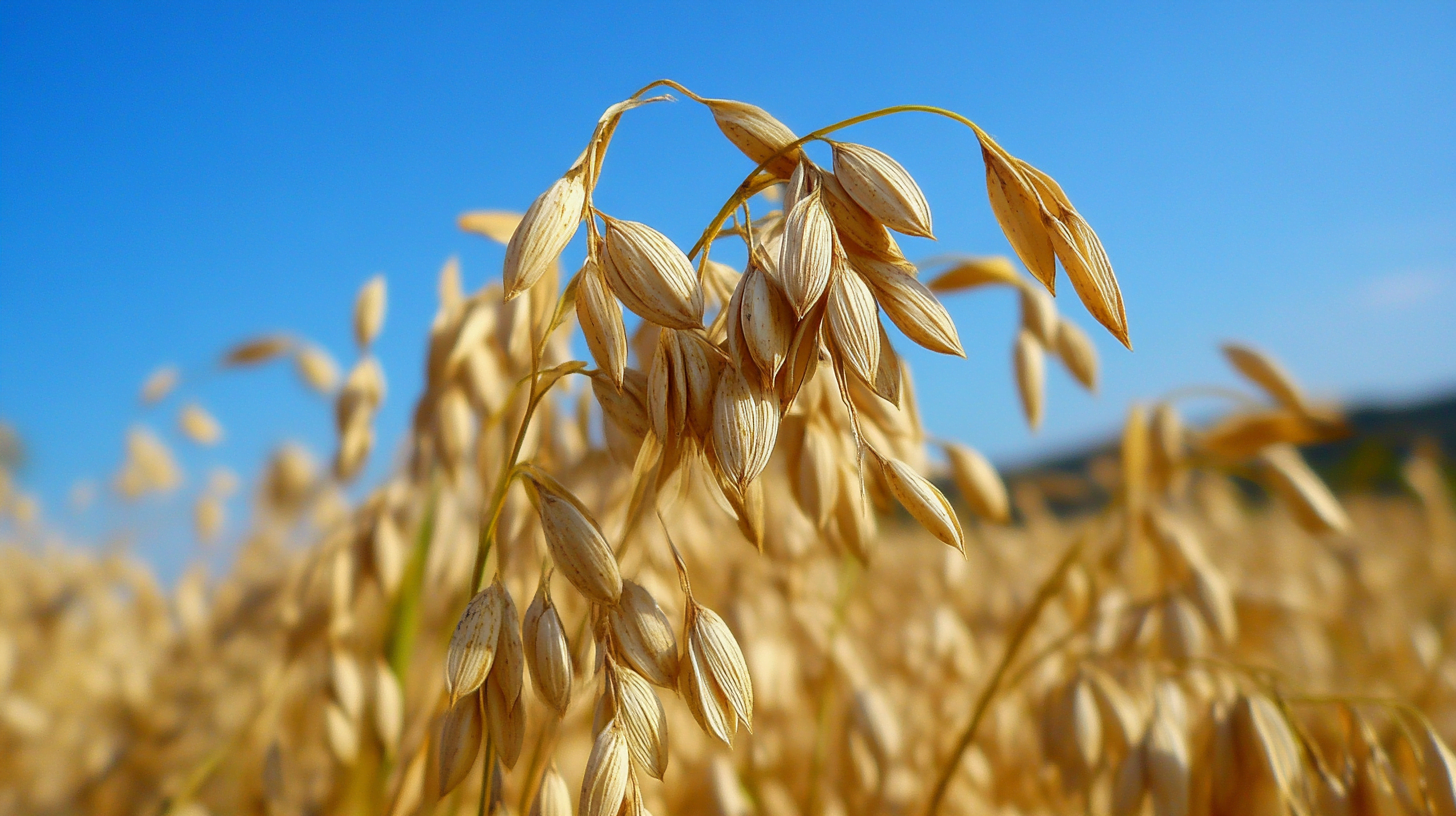Wheat is one of the most important staple food crops worldwide, providing a significant portion of the daily calories and nutrients for billions of people. Its versatility, adaptability, and ease of storage have made it a cornerstone of many diverse cuisines across the globe. In this article, we’ll take an in-depth look at which country consumes the most wheat and explore the factors driving this consumption pattern.
Global Wheat Consumption: An Overview
According to the latest data from the United States Department of Agriculture (USDA), global wheat consumption for the 2021/2022 marketing year is projected to reach a staggering 787.5 million metric tons. This represents a steady increase from previous years, driven by factors such as population growth, rising incomes, and urbanization in developing countries.
Over the past decade, wheat consumption has shown a consistent upward trend, with an average annual growth rate of around 1.5%. This growth is expected to continue in the coming years, with the USDA forecasting global wheat consumption to surpass 800 million metric tons by 2025.
Top 10 Countries by Wheat Consumption
To determine which country consumes the most wheat, we’ve compiled a list of the top 10 countries based on their total annual wheat consumption. These countries represent a diverse range of geographical regions, cultural traditions, and economic development levels.
- China: With a population of over 1.4 billion people, China is the world’s largest wheat consumer. In 2020, China consumed an estimated 140 million metric tons of wheat, accounting for nearly 18% of global consumption. Wheat plays a crucial role in Chinese cuisine, with noodles, dumplings, and steamed buns being staple foods across the country.
- India: India is the second-largest wheat consumer, with an annual consumption of around 100 million metric tons. Wheat consumption patterns vary across different regions of the country, with wheat-based staples like chapati, roti, and paratha being more common in the northern and western parts of India.
- Russia: Wheat has a long and rich history in Russian cuisine and culture. Russia consumes approximately 40 million metric tons of wheat annually, with bread, pirozhki, and blini being popular wheat-based foods.
- United States: The United States is the fourth-largest wheat consumer, with an annual consumption of around 30 million metric tons. Wheat consumption in the U.S. is diverse, with bread, pasta, pastries, and other processed foods making up a significant portion of the total.
- Pakistan: Wheat is the primary staple grain in Pakistan, with an annual consumption of approximately 25 million metric tons. Common wheat dishes in Pakistan include naan, halwa puri, and sooji halwa.
- Turkey: Wheat is a central component of Turkish cuisine, with an annual consumption of around 20 million metric tons. Traditional wheat-based foods in Turkey include bulgur, baklava, and simit.
- Egypt: Egypt relies heavily on wheat imports to meet its domestic demand, consuming approximately 20 million metric tons annually. Wheat dishes like aish baladi, koshari, and fiteer are central to the Egyptian diet.
- Iran: Iran has a high per capita wheat consumption, with an annual total of around 18 million metric tons. Wheat is used in various Persian dishes and breads, making it a staple in Iranian cuisine.
- Germany: Germany consumes around 15 million metric tons of wheat annually, with a significant portion going towards the production of bread, pastries, and other baked goods. Signature wheat-based German foods include pretzels, spaetzle, and strudel.
- France: Wheat plays a crucial role in French gastronomy, with an annual consumption of approximately 14 million metric tons. Iconic wheat-based French foods include baguettes, croissants, and crepes.
| Country | Annual Wheat Consumption (million metric tons) |
|---|---|
| China | 140 |
| India | 100 |
| Russia | 40 |
| USA | 30 |
| Pakistan | 25 |
| Turkey | 20 |
| Egypt | 20 |
| Iran | 18 |
| Germany | 15 |
| France | 14 |
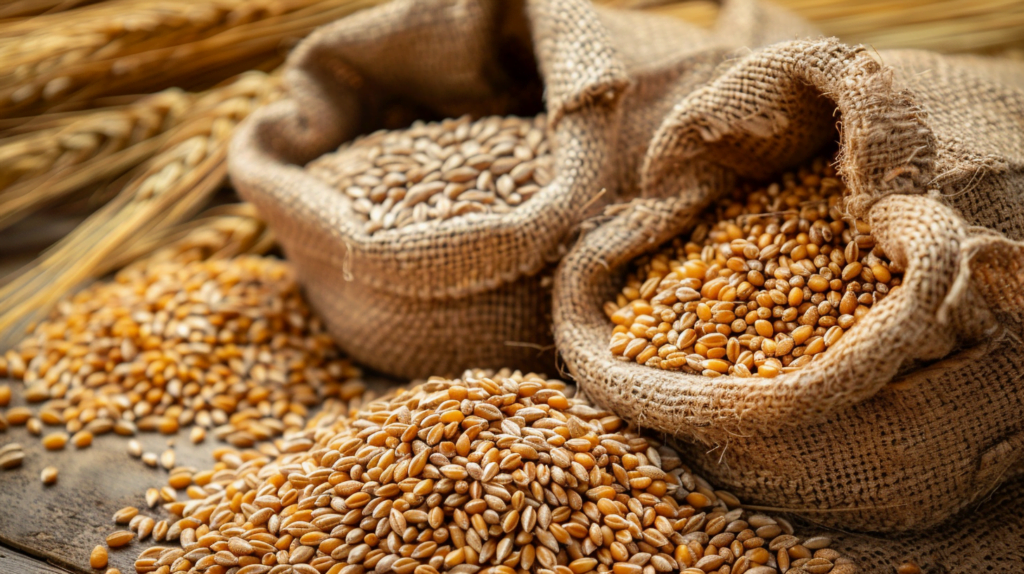
Factors Influencing Wheat Consumption by Country
Several key factors influence wheat consumption patterns across different countries:
- Population size and growth rates: Countries with larger populations, such as China and India, naturally consume more wheat in absolute terms. Population growth rates also play a role in shaping future wheat demand.
- Cultural and culinary traditions: Wheat consumption is deeply rooted in the cultural and culinary traditions of many countries. For example, noodles and dumplings are integral to Chinese cuisine, while bread is a staple in European countries like Germany and France.
- Economic development and rising incomes: As countries develop economically and per capita incomes rise, people tend to consume more diverse and processed foods, including wheat-based products like bread, pastries, and instant noodles.
- Urbanization and changing lifestyles: Rapid urbanization and changing lifestyles in many developing countries have led to a shift towards more convenient, processed foods, often made from wheat flour.
- Government policies: Policies such as subsidies, price controls, and import/export regulations can significantly impact wheat consumption patterns within a country.
Challenges in Meeting Global Wheat Demand
Meeting the growing global demand for wheat presents several challenges:
- Climate change impacts: Rising temperatures, changing precipitation patterns, and extreme weather events can significantly impact wheat production, potentially leading to reduced yields and quality.
- Competition for resources: As the world’s population grows and urbanization continues, there is increasing competition for land, water, and other resources between wheat production and other uses, such as urban development and industrial activities.
- Geopolitical tensions and trade disruptions: Geopolitical tensions, trade disputes, and export restrictions can disrupt global wheat supply chains, leading to price volatility and supply shortages in importing countries.
- Shifting dietary preferences: Changing consumer preferences, such as the growing popularity of gluten-free or low-carb diets, can impact wheat demand in some markets.
Strategies for Sustainable Wheat Production and Consumption
To ensure a sustainable and resilient global wheat supply, several strategies can be implemented:
- Research and breeding: Investing in research and development to improve wheat yields, nutritional quality, and resilience to climate change and pests.
- Diversifying diets: Promoting diverse, nutritious diets that include a variety of grains and other staple foods, rather than relying solely on wheat.
- Reducing waste: Implementing measures to reduce food waste and losses along the wheat supply chain, from farm to fork.
- Supporting small-scale farmers: Providing support and resources to small-scale wheat farmers, who play a crucial role in local food security and rural livelihoods.
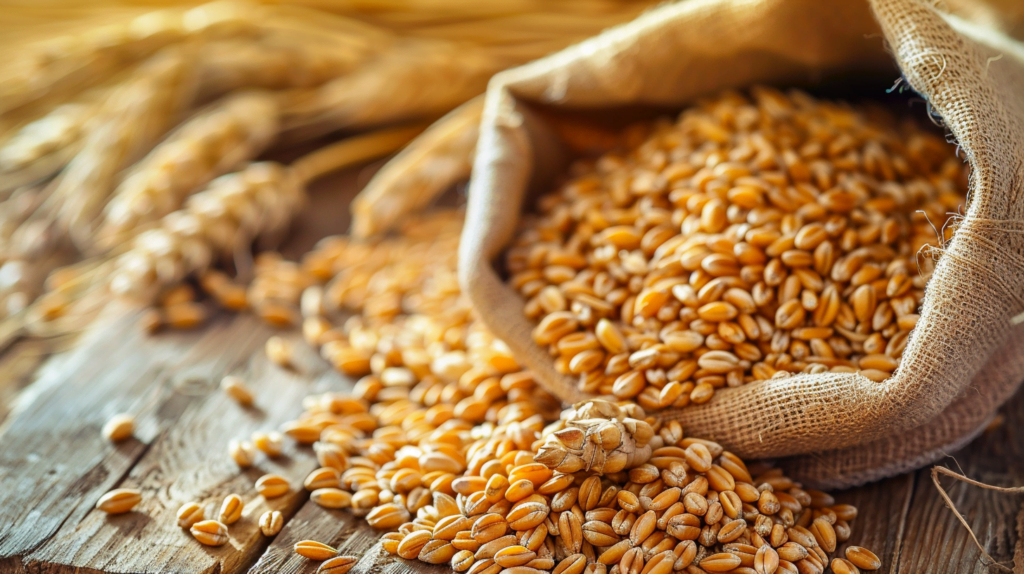
Conclusion
In conclusion, China emerges as the country with the highest wheat consumption, followed closely by India. However, wheat consumption patterns vary widely across the globe, shaped by a complex interplay of cultural, economic, and political factors.
As the world’s population continues to grow and climate change poses new challenges, it is crucial to monitor and manage global wheat supplies to ensure food security for all. By implementing sustainable production and consumption strategies, we can work towards a more resilient and equitable global food system.
FAQs
- What are the health benefits and risks of consuming wheat?
Wheat is a good source of carbohydrates, fiber, and various vitamins and minerals. However, some people may have gluten sensitivities or allergies, and excessive consumption of refined wheat products can contribute to obesity and other health issues. - How does wheat consumption vary across different age groups and demographics?
Wheat consumption patterns can vary significantly across age groups and demographics within a country. For example, younger generations in some countries may consume more processed wheat products, while older generations may prefer traditional wheat-based staples. - Are there any notable wheat consumption trends or patterns in countries outside the top 10?
Yes, many countries outside the top 10 have unique wheat consumption patterns shaped by their cultural and culinary traditions. For example, countries in the Middle East and North Africa region have high per capita wheat consumption, with wheat-based foods like pita bread, couscous, and tabbouleh being staples. - How is the global wheat trade impacted by the top consuming countries?
The top wheat-consuming countries significantly influence global wheat trade patterns. Large importers like Egypt and Indonesia rely on international markets to meet their domestic demand, while major producers and exporters like Russia and the United States play a crucial role in shaping global wheat prices and supply availability. - What are some innovative uses for wheat beyond traditional food products?
In addition to its use in food products, wheat is also used in various industrial applications, such as the production of bioplastics, adhesives, and animal feed. Researchers are also exploring the potential of wheat straw as a sustainable source of biofuel and other bio-based materials.
